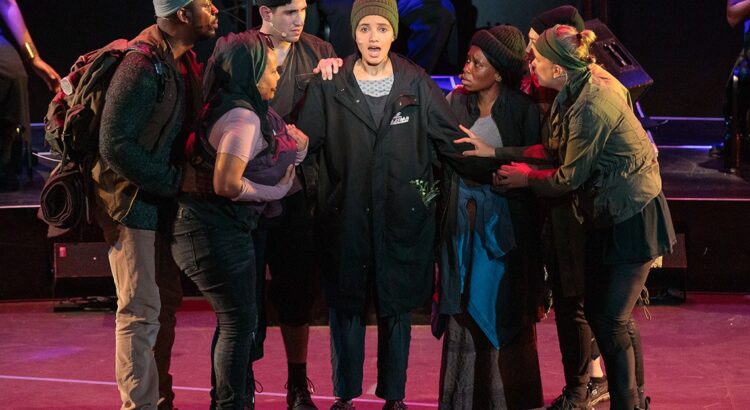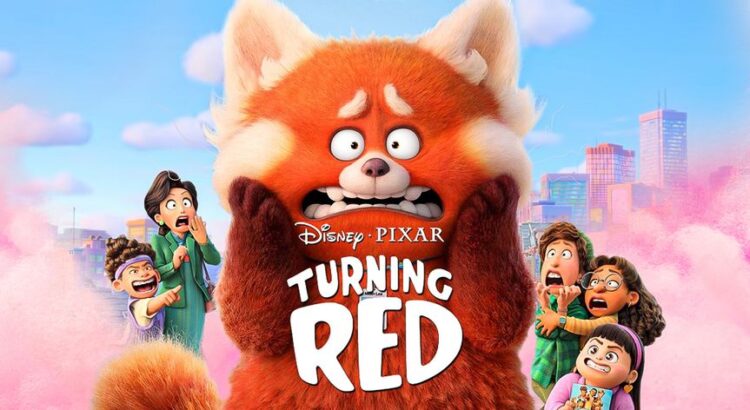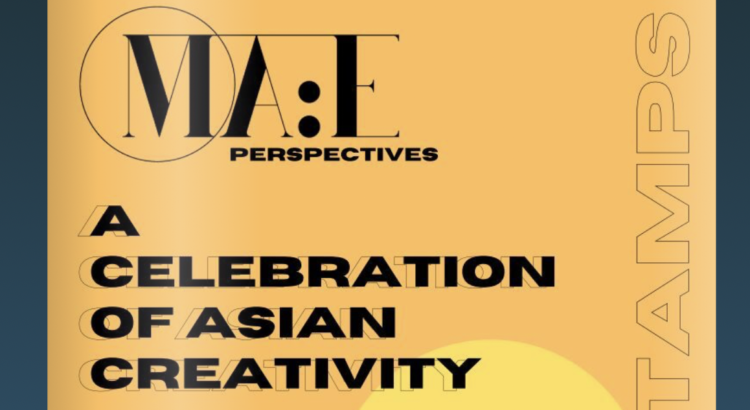Turning Red was an adorable, true-to-form triumph. The pixar film deals with everything from generational trauma, female friendships and relationships, to teenage independence – it’s a hysterical joy to watch.
Leaning into telling a deeply personal narrative that draws heavily on the director Domee Shi’s background and childhood experiences made the film all the more charming and insightful. I made many points of connection and felt truly heard through some of the sentiments, frustrations, and challenges depicted throughout the movie. There were even a few that felt a little too spot on.
Set in the early 2000’s, the movie gushed out an onslaught of nostalgia for a time I wasn’t even familiar with. From the flip phones to the girls lining up at an actual ticket box office right before the show, to Bootylicious, the movie is riddled with small shout outs to this era.
Care-to-detail made all the difference. Tiny mementos like the stick-on star earrings Mei adorns because her mom probably doesn’t let her get them pierced and the pastel neon lofi-like sunsets oozed with familiarity. The soothing yet brightly-colored scenery felt like a love letter to classic Ghibli films, another essential from the watchlist of my adolescent years. From the obsession with sparkly eyes, to making ‘eraser crumbs’ by rubbing the dead skin on your hands, this film brought up so many details of my childhood that I had forgotten myself.
Turning Red focuses mainly on Mei’s bumpy but trying relationship with her mother. Mother-daughter relationships are complicated from the get go, but this one hits extra close to home. The beginning of the film shows Mei and her mother setting up their family temple together – like mother, like daughter, they’re so in sync.
As a 13-year old girl, Mei is really hard on herself. With a mom who still treats her like a child, and an absurd amount of pressure on her shoulders, even puberty is put on the backburner. Mei juggles the fear of letting everyone down and the desire for her mom’s approval, all while wanting the simple teenage pleasure of being obsessed with a boy band. As if her body going through changes isn’t enough, Mei feels like “all her [mother’s] hopes and dreams are pinned on me.”
Mei truly knows what it’s like to have a mother with no chill. The mortification of your mom performing overprotective and intrusive things along with the pressures as one becomes a teenager, especially in Asian households and families – it’s no easy feat. “The daisy mart has lost a loyal customer today.” I’ve definitely witnessed my mom using that exact phrasing, and it gets no less nails-scoring-palms each time it’s recited. And the Powerpoint presentation is so… I’ve been there. I’ve gone through notepads of pros and cons lists and had my fair share of compelling speeches at dinner time. The movie gets it so right – it’s right around 13 when you graduate from amateur efforts like begging, and these tactics start to finally work.
But in these relationships where fear tactics and ultimatums are regular occurrences, something, someone, is bound to snap.
It was funny to watch this with my family (a trio of a mother and two daughters), because my sister and I made sure to make our mom use this as an opportunity for self-betterment. That weekend, my mom had just had a huge fight with my sister about going to a concert (“Mom, are you seeing the parallels??”), and we were trying to utilize this film to help us all learn the value of perspective.
Despite the film heavily following Mei, we also come to understand Mei’s mother by meeting her as a teenager. We learn that there’s a pattern of sorts: Mei’s mom fears her own mom, and there are ritual feelings of insufficiency passed down with each generation. And yet, Mei’s mom also expresses that there is a lot of guilt that comes with hurting your own mom. She is fighting to not let the same thing happen between her and her daughter.
Through Mei’s mom’s point of view, both Mei and the audience are able to empathize with the mom, rather than antagonize her. “I’m not good enough for her or anyone,” teenage Mei’s mom says. The two connect in that aspect. “But it isn’t true,” my mom tearfully said, which Mei says not 60 seconds later, verbatim. My sister and I laughed with each other at this, because maybe Mission Reflection was a success.
The film is not a letter of resentment, but a holistic picture of three generations of women. Turning Red accurately documents the growing pains of maternal relationships. Because no matter how strained their connection, the grandmother is fiercely set on “not losing my daughter.” Their family needs each other and cares for one another more than anything. But luckily, they learn that this love cannot interfere with autonomy and self-agency. As one of the auntie’s says: “It’s her life, now move.” – to all of our thoughts!
Mei and a younger version of her mom
Maybe my shared experience with the characters is what made Turning Red stand out to me. But whether or not you identify as an Asian woman or have a helicopter parent, I deeply recommend giving the film a try. In a Wired review, Amit Katwala notes that, “predictably, some reviewers didn’t get it—after movies about robots and talking cars and clown fish, they felt a story about a 13-year-old Chinese girl was too unrelatable, too “narrow” and “limiting in scope.” But ultimately, the whole point of cinema is to transport you into the head of someone you’ve never met and teach you something about yourself in the process.”
Superhero shot of Mei poofing through the city to get to the 4town concert – iconic.
And this movie took risks – several times, I caught myself with mouth hanging open, just thrilled by the audacity these creators had. Specifically, Mei’s worst-nightmare-come-to-life is animated in such a way that my family truly believed it was a dream, so the second-hand embarrassment we were suffering from would surely get reimbursed, right? Just wake up Mei!
… She was not, in fact, sleeping. (You’ll know exactly which scene when it happens.) Instead, she uses the line we all have once or twice: “I’ll just go to sleep and when I wake up this will all be over.” And if that isn’t the epitome of a fresh-becoming teenager.
From the mention of periods to the animations of pads of all sizes and flows, I want to highly praise the movie for throwing in what is a universal burden for so many women with such casualness. That, along with Pixar’s recent few films completely obliterating the Bechdel test by focusing on relationships between women, made Turning Red such a precious gem. After all, where else will the words “stripper music” and “awooga” appear in a children’s movie?
Mei performing gyrations in front of her mother to buy time for her family to perform the ritual


















 .
. 





















